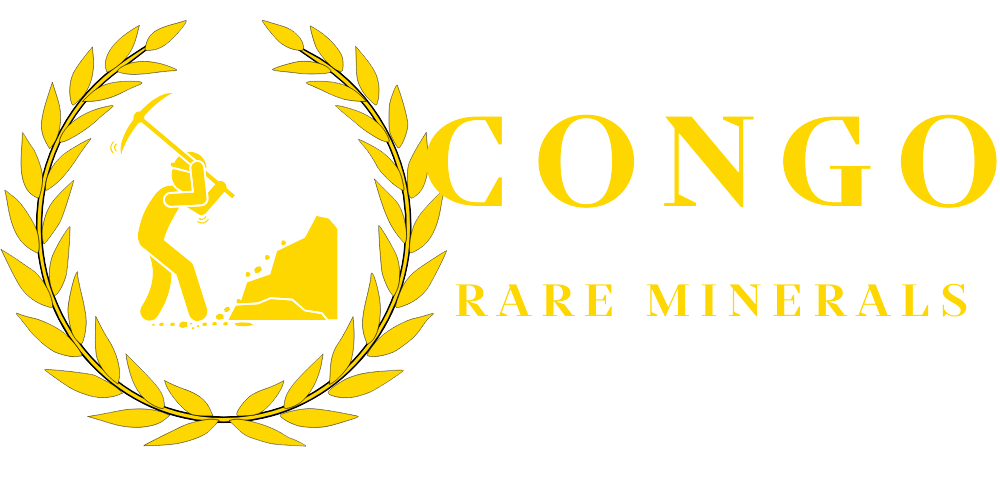Why on-delivery verification matters
Your goal is simple: confirm the bar that arrives is the bar you paid for. That means matching serial numbers, reading the assay correctly, and documenting the whole process on video so any issue can be resolved quickly with the courier, insurer, or seller. For large bars, industry rules expect clear marks that include the refiner hallmark, fineness, year, and a serial number. (cdn.lbma.org.uk)
Before the parcel arrives: request these items
Ask your seller for a pre-delivery pack so you can compare details when the bar lands.
- Bar serial number list and clear bar photos
- Copy of the assay card or assay certificate
- Air Waybill (AWB) and tracking
- Tamper-evident seal ID(s) on the bag or case
- Insurance confirmation with declared value and route
These items make matching and claims much faster if anything is off. Tamper-evident packaging and a proper assay card are standard for retail bar sizes. (Universal Coin & Bullion)
Unboxing protocol: get clean evidence
- Film the entire unboxing from seal to serials.
- Capture the seal ID, shipping label, and box condition.
- Photograph the bar front and back, plus the assay card or certificate.
- Do not break sealed packaging unless you must. Many bars trade better “in assay.”
Why video helps: it proves the condition on arrival, shows the exact moment the seal was broken, and preserves serials and packaging for the record. Many refiners place bars in tamper-evident assay cards that print weight, purity, serial, and the assayer’s signature. (APMEX)
Match the serials and markings
Check that:
- The serial on the bar matches the serial on the card or certificate
- The refiner hallmark, fineness, and year (if shown) are present and sharp
- Fonts and logo placement match known examples from that refiner
LBMA Good Delivery guidance for large bars requires clear marks and serials, which is why reputable refiners follow consistent schemes across their product lines. (cdn.lbma.org.uk)
Assay card vs assay certificate
Both are forms of assay documentation. The assay card is the sealed card around many retail bars and typically states weight, purity, serial, and assayer. The assay certificate is a document that guarantees purity and authenticity, often used with larger bars or certain product lines. They serve different roles but both support verification. (APMEX)
Quick physical checks you can do at home
- Weight and dimensions: Use a good scale and calipers. If you know the bar’s expected dimensions, minor variance is normal, large variance is a flag.
- Density sense-check: Pure gold has a density around 19.32 g/cm³. You can do a basic volume calculation on small unsealed pieces, but do not remove sealed bars just to test. This number is a reference, not a final verdict. (StonexBullion)
If anything is off, stop and contact the seller before further handling.
Advanced testing: when to use XRF, ultrasound, or fire assay
- XRF (X-ray fluorescence): Fast, non-destructive reading of surface composition. Good for quick checks without opening the bar. (Thermo Fisher Scientific)
- Ultrasound: Sends sound through the bar to detect internal inconsistencies, which can reveal tungsten inserts or voids. Useful when deeper probing is needed without cutting. (The Safe House SG)
- Fire assay: The legal reference method for highest accuracy, but it is destructive and alters the sample. Reserve for disputes where definitive results are required. (Thermo Fisher Scientific)
Many retail bars also offer brand-specific authentication. PAMP VERISCAN lets you scan registered PAMP products even outside the sealed card. Coin buyers can use the Royal Canadian Mint Bullion DNA program to authenticate Maple Leafs. (pamp.com)
What to do if something does not match
- Keep all packaging.
- Record a short video showing the discrepancy.
- Notify the seller, courier, and insurer immediately with AWB, photos, and serials.
- Pause further handling until you have next steps in writing.
On-delivery checklist you can print
- Video running before you break any seal
- Seal ID on camera, plus shipping label and box condition
- Photos of the bar front and back
- Assay card or certificate photographed next to the bar
- Serial on bar matches the serial on the card or document
- Weight and basic measurements checked (if unsealed)
- Optional: XRF scan at a trusted shop or depository
- Save everything in a single folder with the invoice and AWB
FAQs
What if the bar arrives loose without a sealed card?
Some bars are sold unsealed, especially larger cast bars. You should receive an assay document and a serial you can match. If not, request documentation before you proceed. (JM Bullion)
Can I open the assay card to weigh the bar?
Avoid opening sealed packaging unless your resale plans require it. Sealed bars often resell faster because the packaging itself is part of the proof set. (APMEX)
Is XRF enough on its own?
XRF is excellent for quick, non-destructive screening, but it reads surface composition. If you suspect internal substitution, ask for ultrasound or, in a dispute, a supervised fire assay. (Thermo Fisher Scientific)
Do large “Good Delivery” bars follow different rules?
Yes. Vault bars follow LBMA Good Delivery standards that specify required marks like serial, fineness, and refiner stamp. Retail bars adopt similar markings for clarity. (cdn.lbma.org.uk)
What are brand scanning tools like VERISCAN or Bullion DNA?
They are mint-supported systems that match micro-features or codes to a database and help confirm authenticity for specific products. VERISCAN works for PAMP bars. Bullion DNA applies to Royal Canadian Mint bullion coins. (pamp.com)
